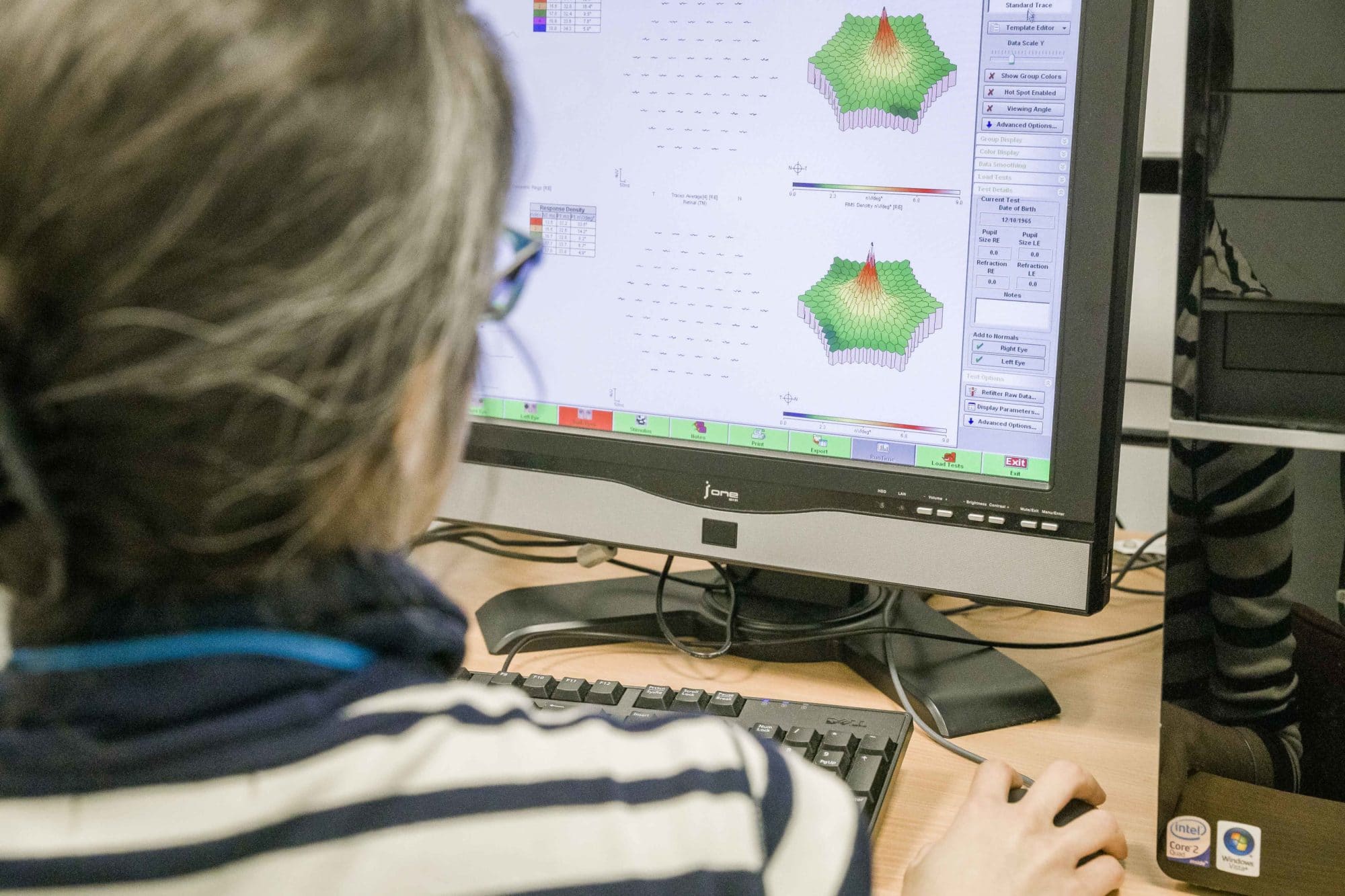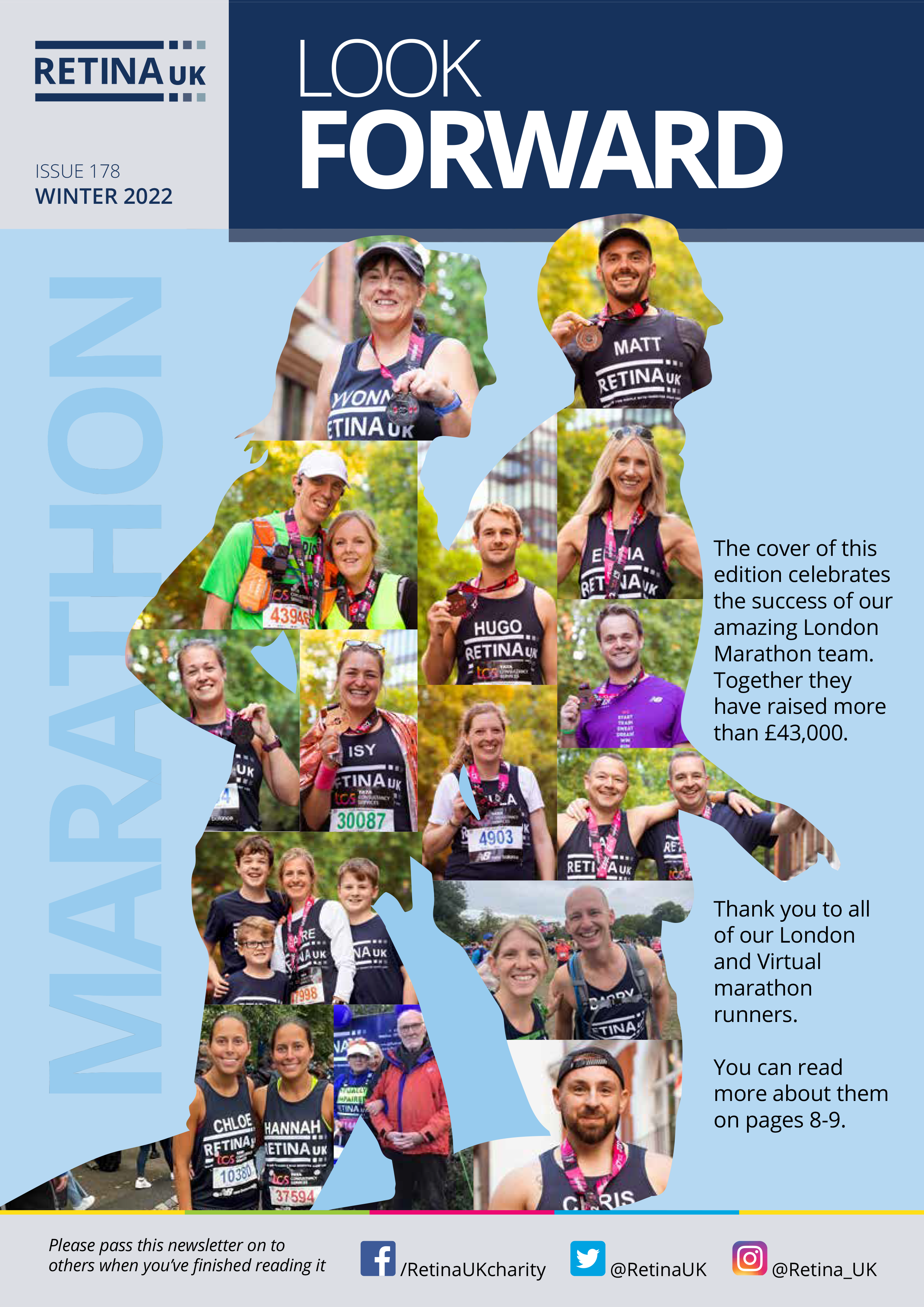
The UK Inherited Retinal Dystrophy Consortium
In 2014 we funded an exciting new collaborative project. The UK Inherited Retinal Dystrophy Consortium (UKIRDC) Project brought together the four largest research groups in the UK specialising in inherited retinal diseases (IRDs).





